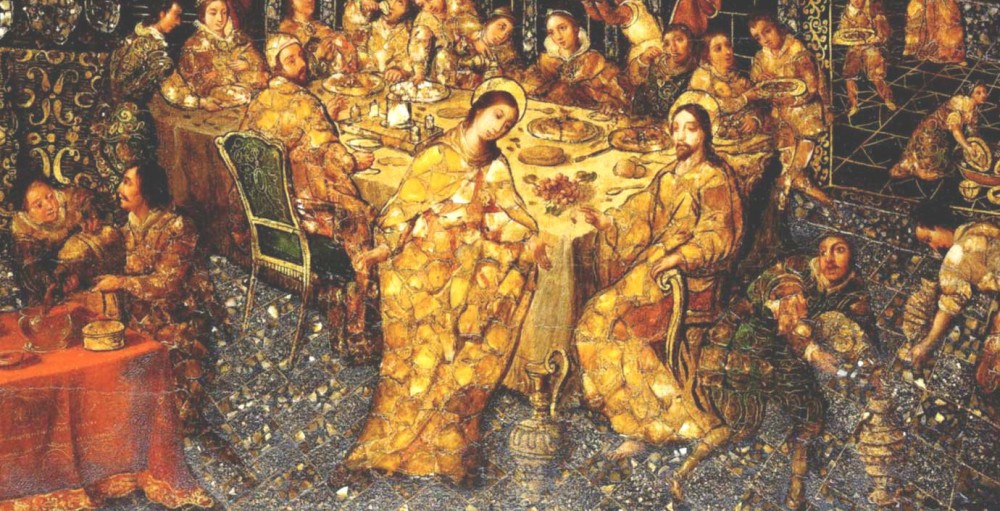What Mary saw at Cana: The indispensability of others

When the wine gave out, the Gospel writer tells us, Jesus’ mother said to him, “They have no wine.” And Jesus said to her, “What is this to me and to you?” (John 2:3–4).
While in Florence studying Italian during the summer of 1973, I spent a good deal of time wondering and praying about this question: In what way are others essential to my relationship with God? In what way are they indispensably present? Other people are obviously crucially important and integral, irreplaceable. I spend most of my life with them and (hopefully) much of it for them. They enclose relationships of friendship, love, and wisdom that make up much of the richness of life. This seems obvious. But how are they absolutely essential and indispensable to my hope for a relationship with God—so much so that if they were not present, I would have no relationship with God at all? That is what I mean by “absolutely essential.”
These puzzling, confused reflections were triggered by a foundational statement of Cardinal John Henry Newman, taken with its full force: that there are simply “two and two only absolute and luminously self-evident beings, myself and my Creator.” But are others essential, that is, an absolutely necessary part of my conscious life with God, my affectivity, and my actions—so much so that if they were not somehow or other consciously present I would have no relationship with God, or for that matter, with myself? This question forms the context in which I hear and understand the question that Jesus asks of Mary at Cana: “What is this to me and to you?” It asks how we include essentially within our lives those who we might otherwise forget as we go about the business of our lives.




